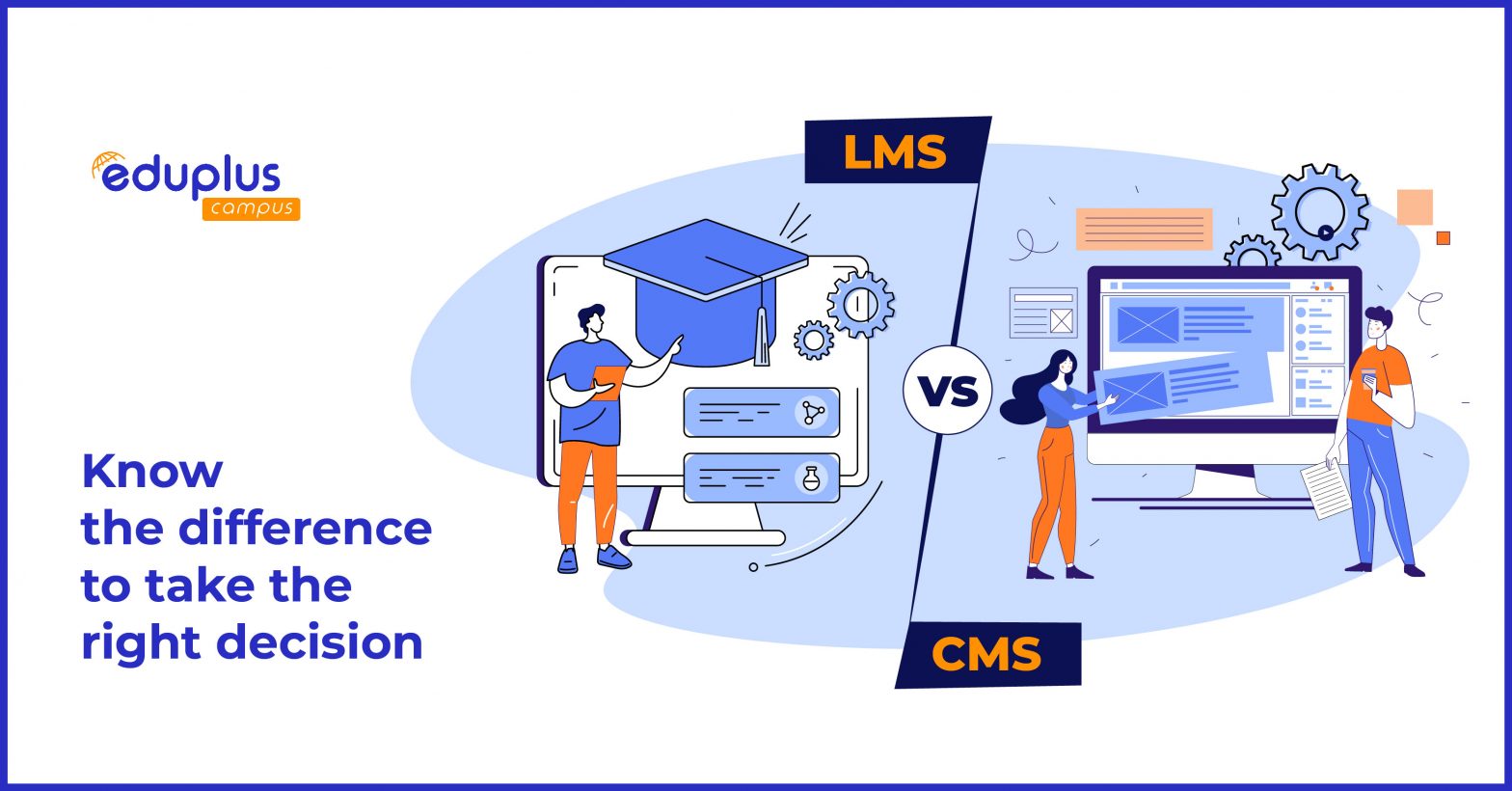LMS, CMS…Know the difference to take the right decision
Online learning and training are increasingly becoming the norm powered by superfast internet speeds and digital technology. Learning Management Systems (LMS) and Content Management Systems (CMS) are key enablers in helping organisations address their learning and content needs.
LMS Login : Enter the world of enhanced learning
LMS stands for Learning Management System. An Enterprise Resource Planning (ERP) software that helps you plan, implement and devise learning programmes and strategies.
Think of it as a platform that helps you create, host and disseminate e-learning modules. Whether you are a higher education institution or a corporate set-up needing training and development, LMS can help you create enriched, efficient and easy learning experiences.
A good LMS allows teachers, administrators and course creators to track and monitor the learners’ progress. Teachers can assess and evaluate the learner’s journey and structure courses and assignments per the learners’ needs. Take, for example, the LMS designed by Eduplus Campus that enables the course creators to
- Overview and collaboration over the courses;
- Create Administrators;
- Score tests and generate reports, and
- Provide comprehensive solutions
Eduplus Campus ERP is built to make your learning and teaching process easy with the help of several learning management systems tools. Check which product suits your organisational needs.
| LMS is ideal for: |
|
Learning Management System (LMS) Examples
- Moodle
- Totara
- Easy-lms.com: helps train employees
- Eduplus Campus
CMS Login : Present your content effectively.
Content Management System (CMS) is a platform which enables you to store your content and display it in an easy-to-browse and engaging manner. CMS allows you to upload, store and manage content in different formats – text, images, files, audio or video. Content Management Systems provide two kinds of access.
- Creator Access – This includes permission to upload, edit, and publish content
- Viewer Access – This includes permission to view and, at times, download the content
The hallmark of a good CMS these days is the ease of use, attractive interface and the flexibility to personalise the content.
Content Management System (CMS) Examples
- WordPress
- Tumblr
- Wix
- Drupal
LMS Vs CMS: What are the key differences?
LMS and CMS can be used to disseminate content and online learning modules. An LMS is designed to create and deliver flexible, engaging and convenient learning modules with advanced functionalities built in for review and assessment.
The CMS, too, can be used for addressing learning needs but offers much lesser functionality. On the other hand, a good CMS helps you showcase your content in an effective and engaging manner.
| Usage | |
|
|
| Set-up | |
|
|
| Interactivity | |
|
|
| Onboarding | |
|
|
| Design | |
|
|
Design your Learning Outcomes
A good LMS encourages colleges, companies and organisations to schedule and conduct learning sessions for different stakeholders. You can design learning modules per the learners’ needs and create a culture of knowledge within the organisation. An LMS also helps you keep track of the learning outcomes as well as compliance issues. The interactivity offered by a Learning Management System allows you to assess, modify and give feedback to the learners and guide them on the right path of learning and productivity.
One such example is Eduplus Campus, an LMS by some leading educational organisations like the Vishwakarma Group of Institutions. It offers you the training and tools to make online education easy and efficient. To gain more insight into these cloud-based solutions, you can reach out directly to Suresh on +91 9226262590 or Deepali at +91 9096248992 or visit our website at www.edupluscampus.com
